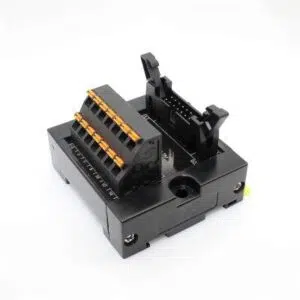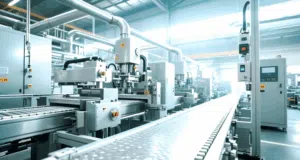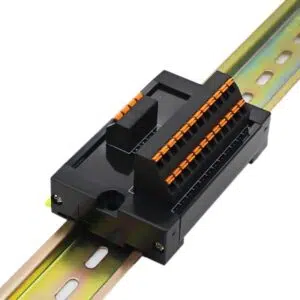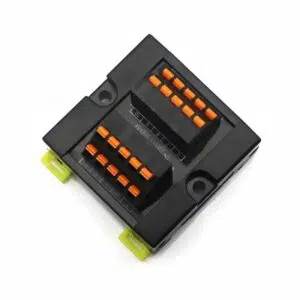The terminal block industry is vital for enabling secure electrical connectivity across industrial automation, renewable energy, and smart manufacturing. As technology advances, terminal blocks trend highlight a growing demand for high-efficiency, durable, and smart solutions to support evolving infrastructure needs. Innovations such as modular designs, IoT integration, and eco-friendly materials are reshaping the market.
This article explores the latest trend of terminal blocks, including miniaturization, enhanced safety features, and Industry 4.0 compatibility, driving the sector’s future growth. With rising investments in automation and green energy, the industry is poised for significant expansion, offering reliable and innovative connectivity solutions worldwide.
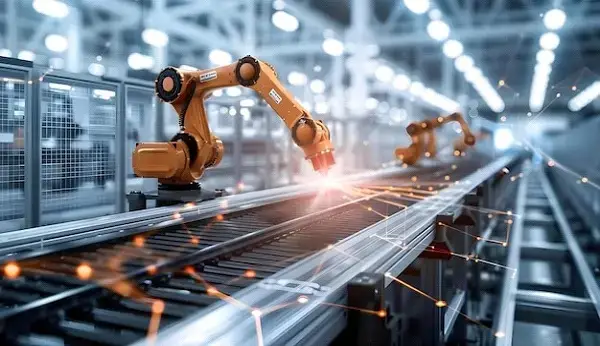
Part 1. Terminal Block of Current Market Trends
Industrial automation control system
Applied to PLC, industrial robots and other equipment, the terminal blocks realize high-density signal and power transfer, and the anti-vibration design (such as spring-type terminals) ensures the continuous operation of the production line and reduces the risk of equipment downtime.
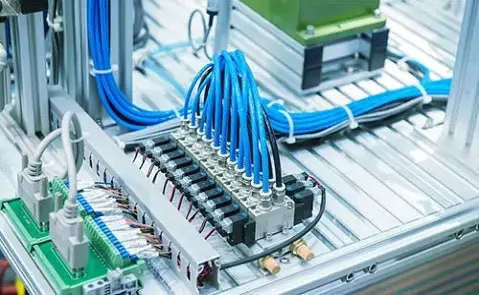
New energy power equipment
Aligned with the latest terminal blocks trend, high-voltage (1000V DC) models are increasingly adopted in photovoltaic inverters and energy storage systems, ensuring secure connections between battery modules. Featuring IP67-rated sealing, these robust terminals withstand harsh outdoor conditions while minimizing energy loss—enhancing system efficiency and reliability. As renewable energy demand grows, this innovation reflects the industry shift toward high-performance, weather-resistant terminal blocks, supporting sustainable power solutions.
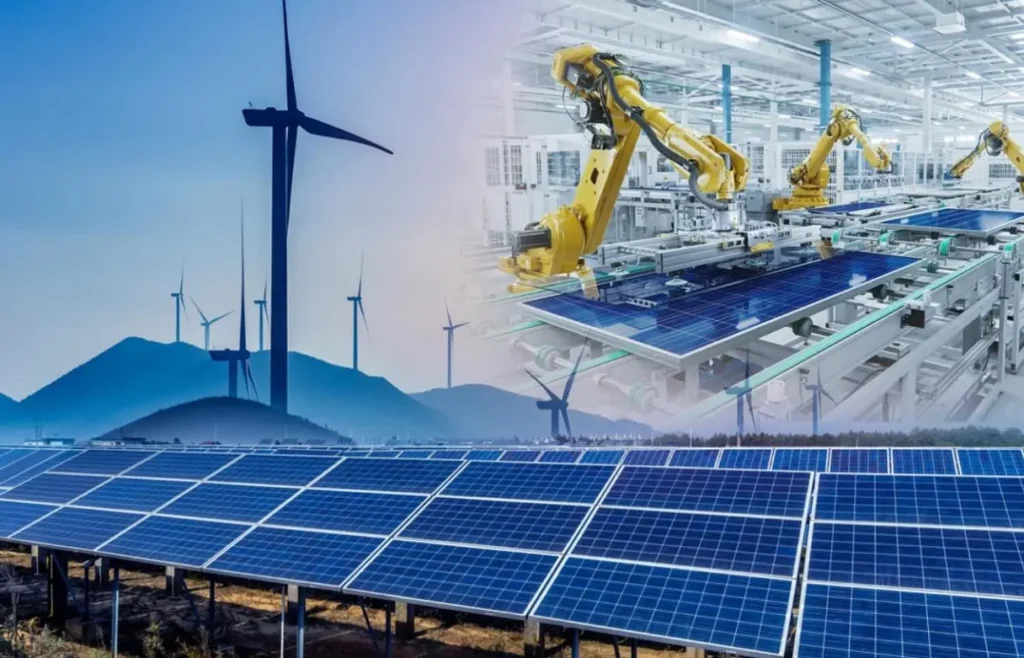
Smart building power distribution
In smart lighting and security systems, plug-in terminals simplify strong and weak current wiring, and modular design and real-time status monitoring functions reduce 30% of operation and maintenance costs, supporting building intelligent upgrades.

Part 2. Key Technological Innovations of Terminal Block
Aligned with the latest terminal block trend, our company drives market innovation by addressing critical industrial pain points—high energy consumption, inefficient maintenance, and poor environmental adaptability. Our advanced solutions transform terminal blocks from passive connection components into smart systems with “intelligent perception + active management” capabilities. By integrating cutting-edge technologies, we enhance energy efficiency, reliability, and adaptability, supporting the industry’s shift toward smarter, more sustainable electrical connectivity.
1. Material innovation
- High temperature/corrosion resistant materials:
- Such as ceramic-based composite materials (temperature resistance of more than 150°C),UV-resistant modified plastics (outdoor life increased by 50%)
2. Structural design optimization
- 1) Tool-free quick installation:
- Lever-type, spring-pressed terminals(such as PUSH IN technology),Wiring speed increased by 70%
- 2) High-density miniaturization:
- Micro terminals with a pitch of ≤3.81mm (such as Phoenix CLIPLINE complete),Suitable for 5G devices and IoT modules
3. Intelligent integration
- Terminals with sensors:
- Integrated temperature and humidity/current monitoring chip (such as Weidmuller SmartXpert),Real-time data uploaded to the industrial Internet of Things platform
4. Green and low-carbon technology
- Detachable and recyclable design:
- The shell and metal parts are separated (in compliance with the WEEE Directive),Material recycling rate exceeds 90%
Part 3. Market Applications and Growth Potential
Over the next five years, the terminal block trends will be defined by three key directions: high-end, intelligent, and green development. Emerging sectors like new energy vehicles, 5G communications, and renewable energy will drive market expansion, with projections indicating an 8.2% CAGR (2023-2028). To stay competitive, enterprises must prioritize material innovation and digital service integration, enabling smarter, more sustainable connectivity solutions that meet evolving industry demands.
1. Intelligence and IoT integration

Predictive maintenance: Intelligent terminals with integrated sensors (such as temperature/vibration monitoring) are connected to the IIoT platform, with a market size CAGR of 18% (2023-2030).
2. Green Energy Transformation
Wireless power supply (PoE) : Reflecting key terminal block trends, next-generation communication terminals now integrate Ethernet power supply capabilities, significantly simplifying wiring in smart factories. This innovation aligns with the growing demand for intelligent, connected industrial solutions in today’s automated manufacturing environments.
Hydrogen energy equipment: Hydrogen embrittlement corrosion-resistant terminals (coating material optimization) are used in electrolyzers and fuel cell stacks. The EU’s hydrogen energy investment will exceed 55 billion euros in 2030.
Offshore wind power: IP69K protection grade terminals can cope with high salt spray. The global offshore wind power installed capacity will reach 330GW in 2030.
3. Modularization and rapid deployment
Plug-in design: Prefabricated terminal blocks (such as AOSI PCB terminals) shorten equipment assembly time by 50% and adapt to flexible manufacturing needs.
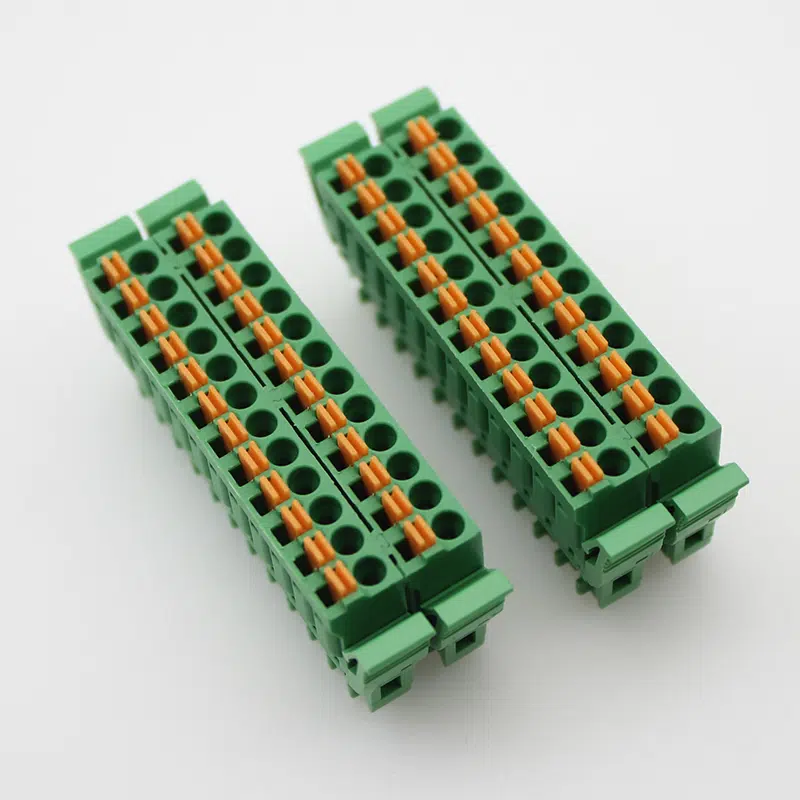
Conclusion
The terminal blocks trend reflects a transformative shift toward smart technology, sustainability, and automation. Key developments include miniaturization, IoT integration, and advanced materials—driving efficiency and reliability.
To remain competitive, companies must prioritize innovation and compliance with evolving standards. As renewable energy and electric vehicles expand, these terminal blocks development will fuel demand for high-performance connectivity solutions that support next-generation industrial applications.

